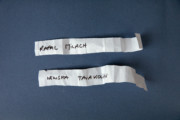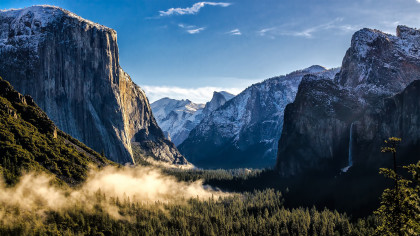
Born in Cheshire in 1908, George Rodger served in the British Merchant Navy. His pictures of the London blitz brought him to the attention of Life magazine, and he became a war correspondent. He won eighteen campaign medals covering Free French activities in West Africa, and went on to document the war front in Eritrea, Abyssinia and the Western Desert. He photographed the German surrender at Lüneburg for Time and Life.
Troubled by the experience of looking for ‘nice compositions’ in front of the dead, Rodger embarked on a 28,000-mile journey all over Africa and the Middle East. In 1947 Rodger was invited to join Robert Capa, Henri Cartier-Bresson, David Seymour and William Vandivert in founding Magnum.
George Rodger died in Kent on 24 July 1995.
















